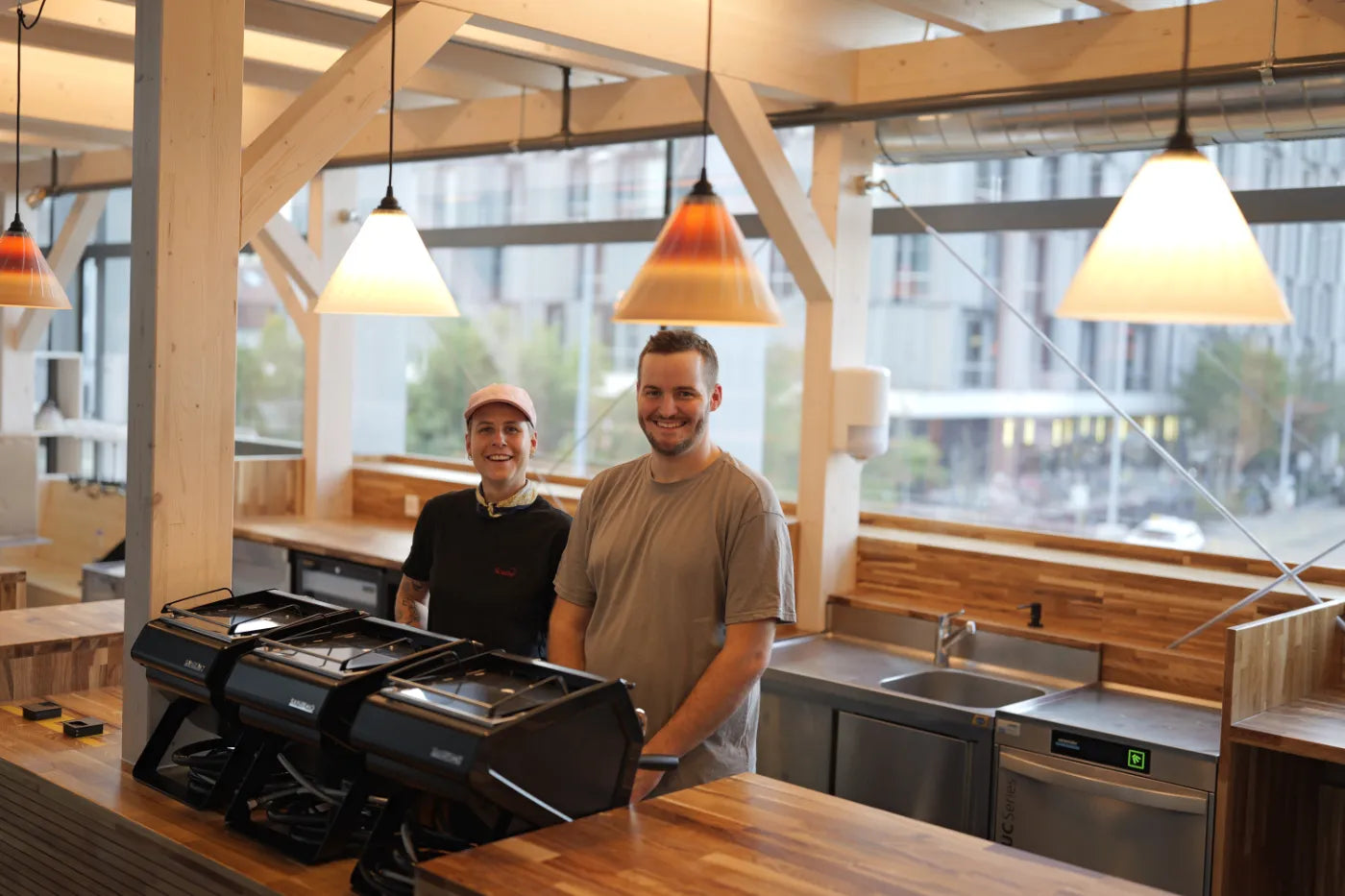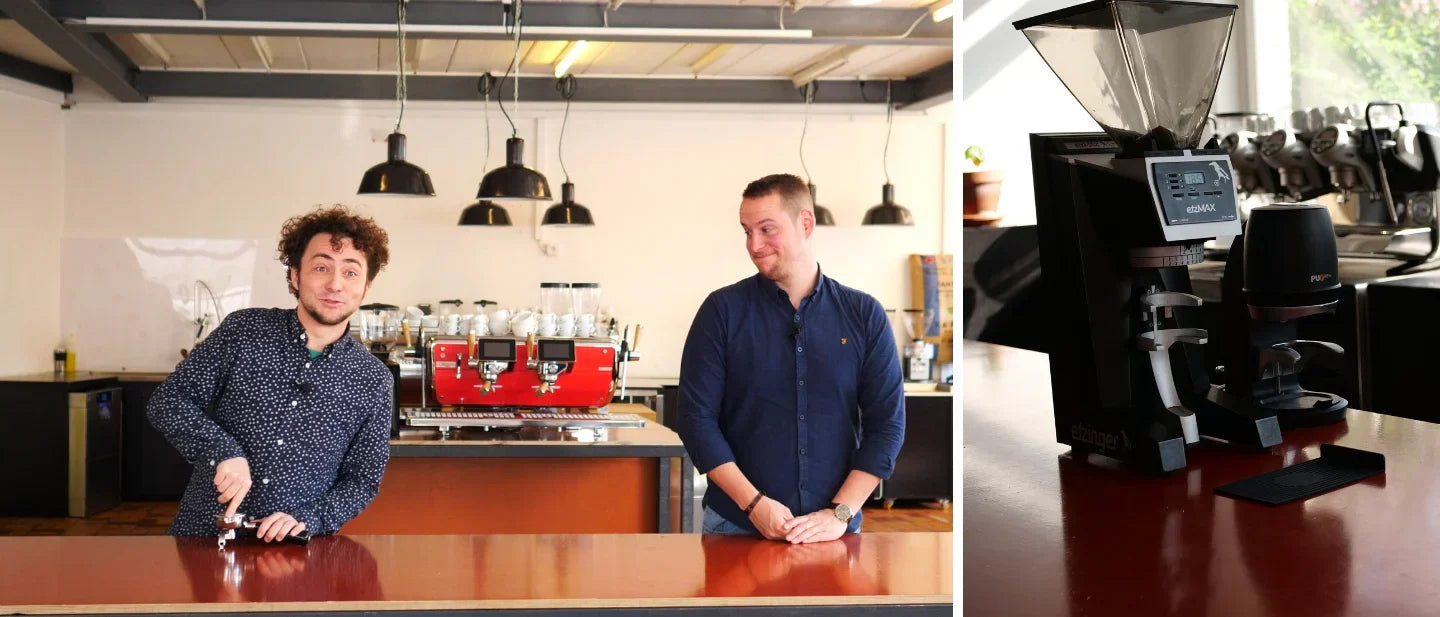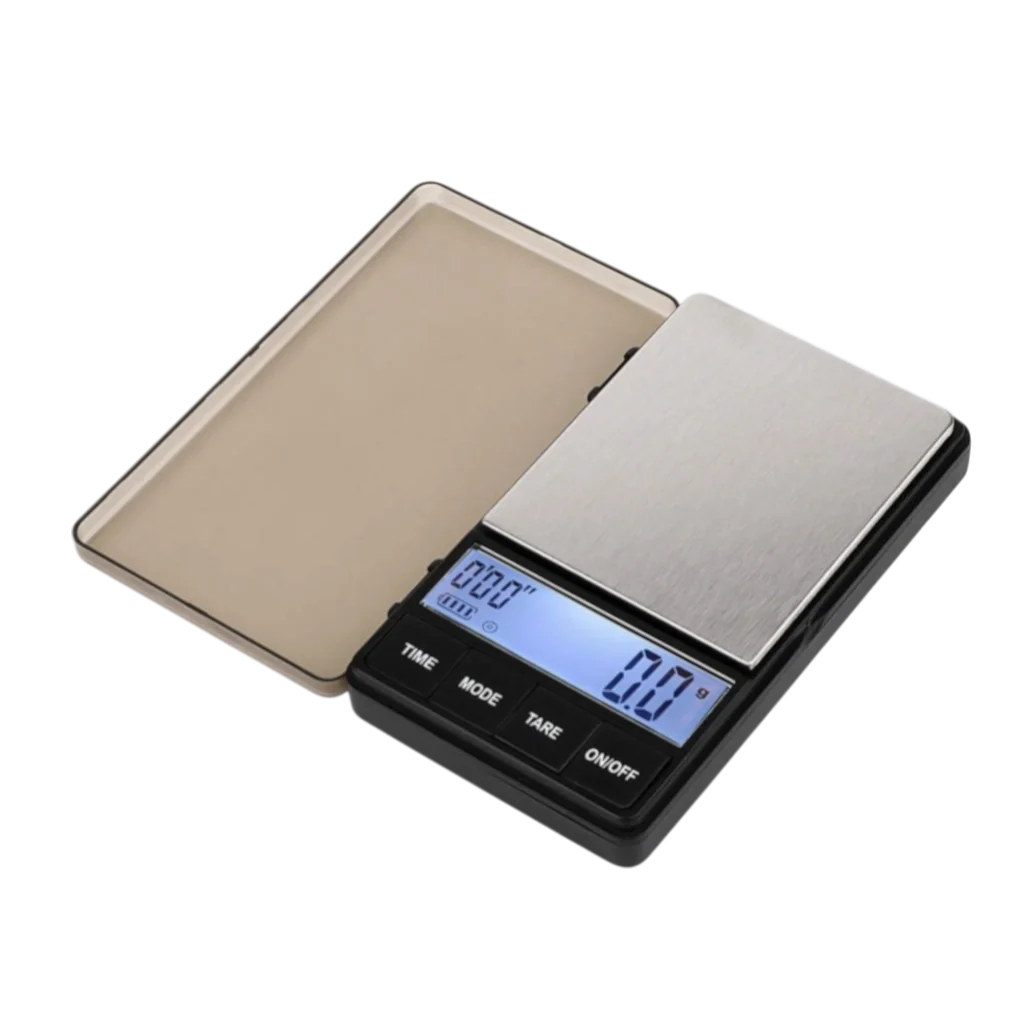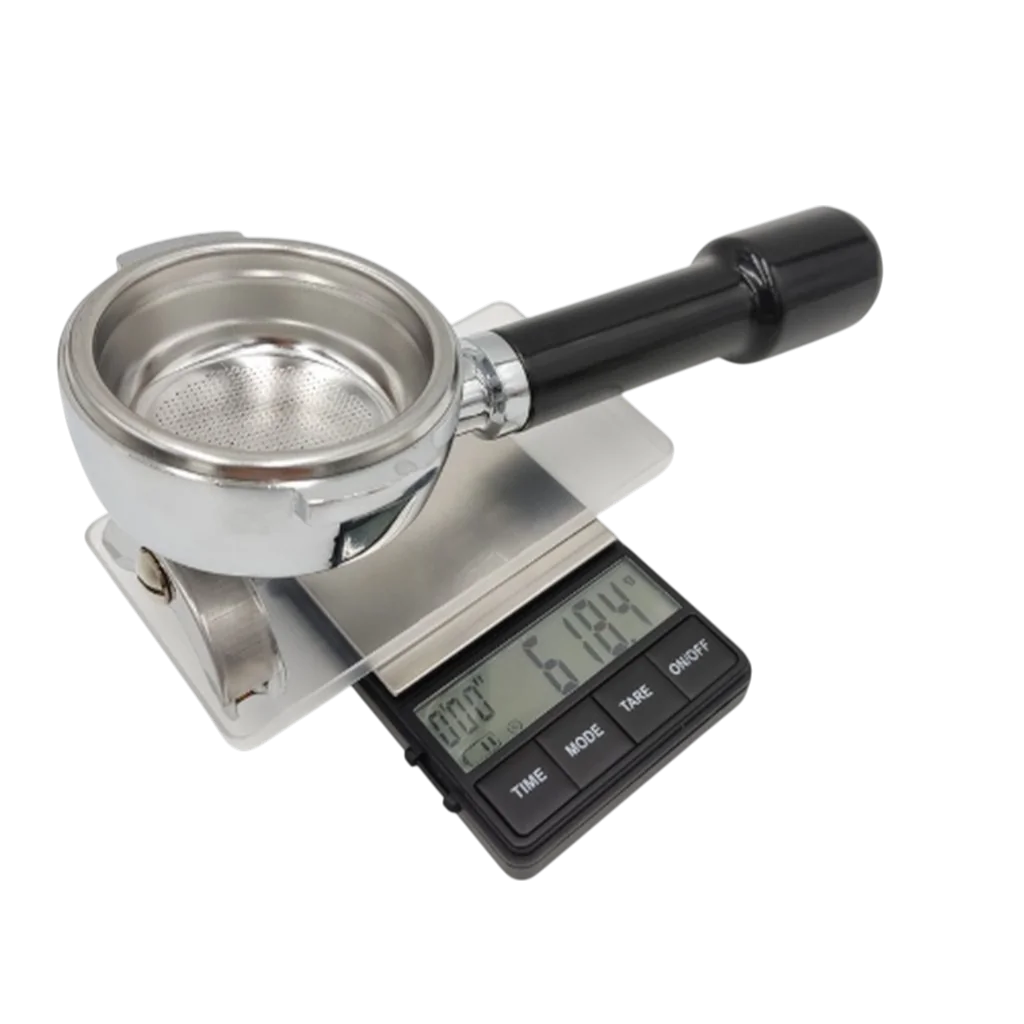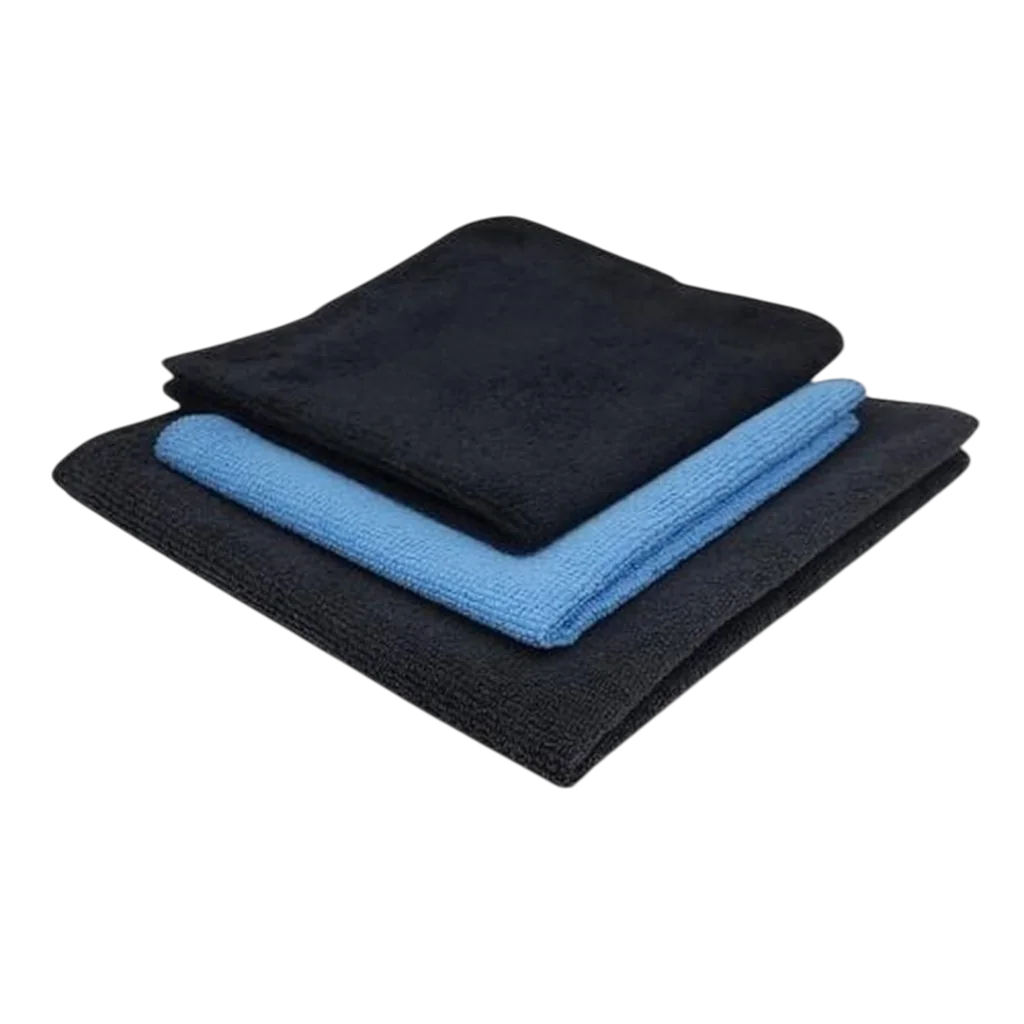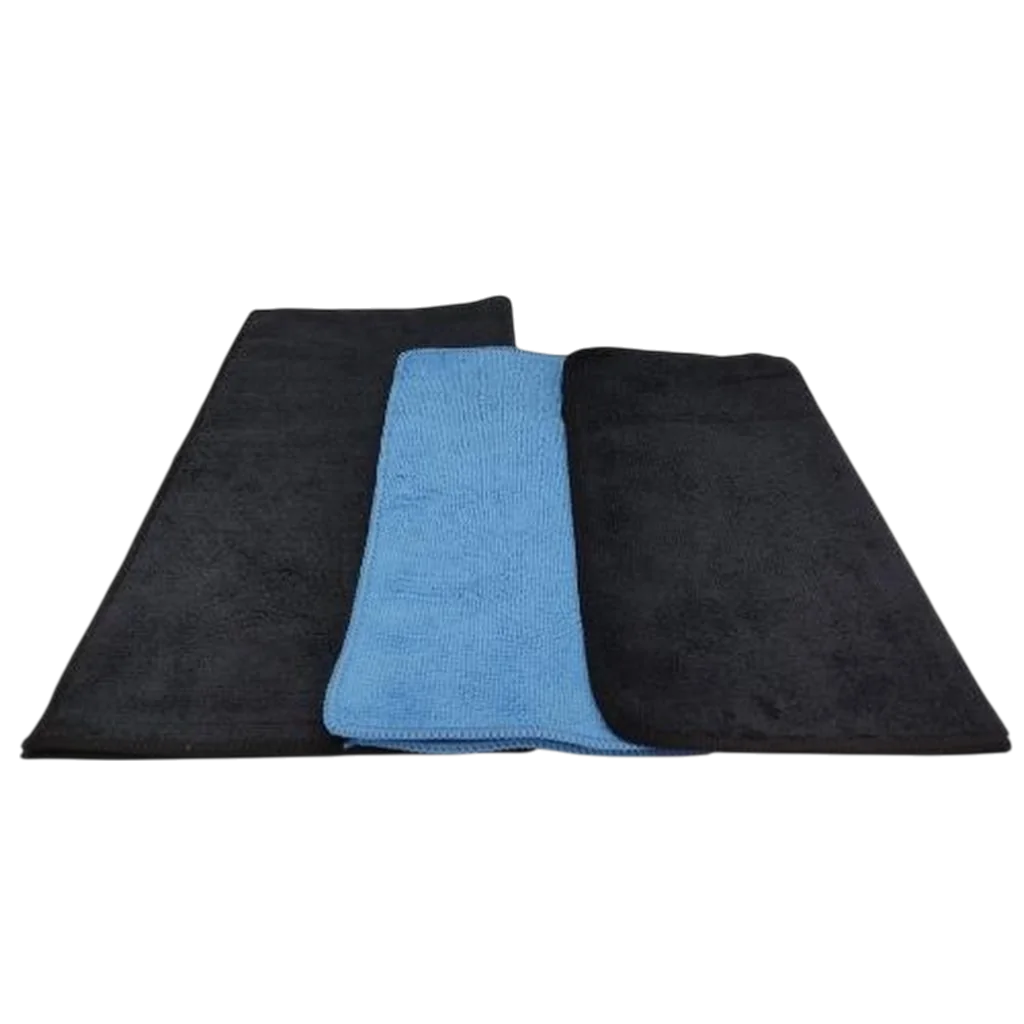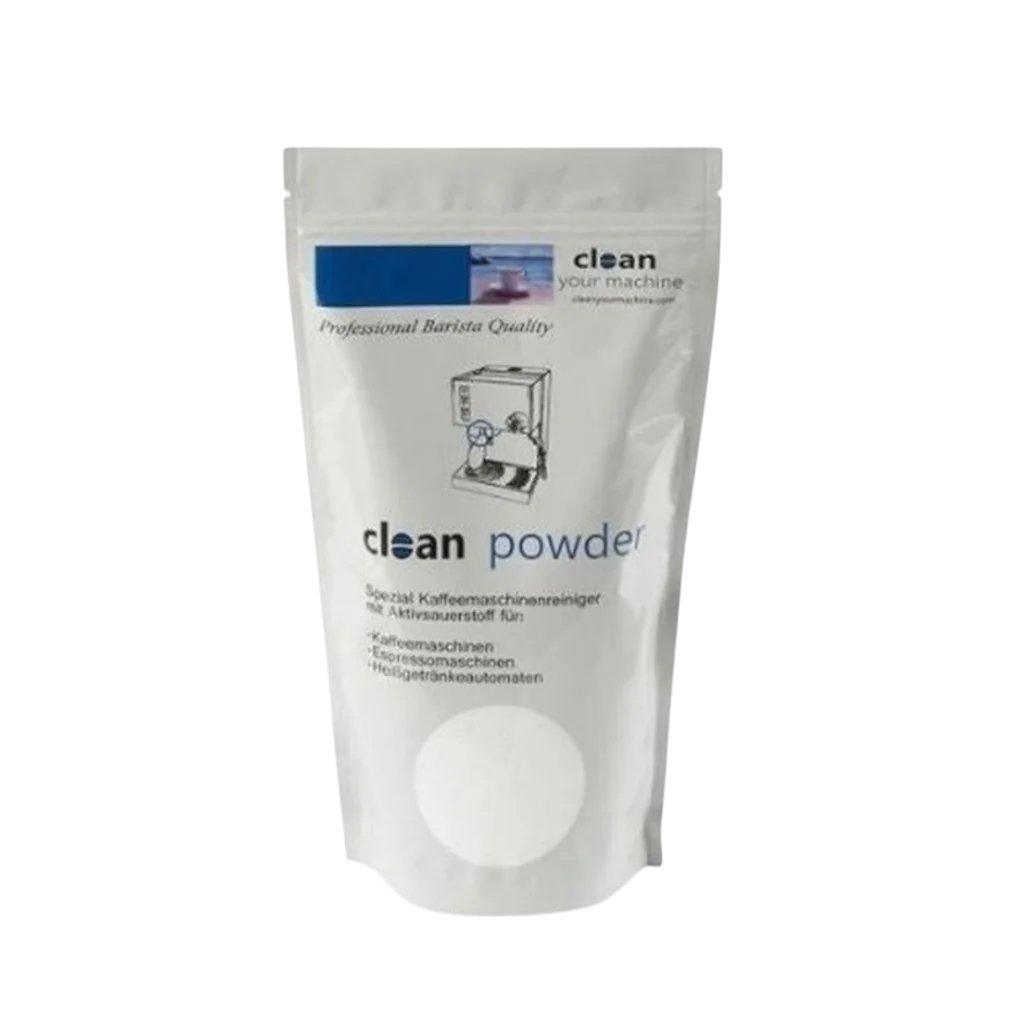Chai Latte: The popular spiced tea drink
Anyone who hasn't just placed their usual order in a modern coffee shop in recent years but has taken the time to peruse the café's menu will surely have noticed the "Chai Latte" drink. This trendy beverage, sworn by Hollywood stars, has become almost impossible to imagine coffeehouse culture without, especially on dreary autumn or cold winter days. Where does this aromatic drink come from, and where does the hype surrounding it come from? How do I prepare it at home, and is it even good for my health to try it? We're getting closer to the chai latte phenomenon!
What exactly is Chai Latte?
The word "chai" is used for tea beverages throughout much of the world. Anyone ordering "chai" in Russia, Turkey, or Asian countries will be served black tea. The Dutch brought tea leaves from their colonies to Europe and coined the term "tea" there. In Indian-speaking countries, however, chai is more accurately referred to as "masala chai." Masala refers to a blend of spices added to black tea, similar to spice blends used for cooking and seasoning chili.
Masala chai is a kind of national drink in India. You can buy it on every street corner, and most families have a secret family recipe for their special masala chai. Typically, black tea is blended with cardamom, cinnamon, fennel, cloves, or anise. Unlike in India, the tea is boiled in a pot with the spices and then refined with honey and milk.
Is chai with spices healthy?
We've already discussed whether coffee is healthy or unhealthy in a video with Professor Yeretzian. But the question also arises for black tea and masala chai: "Does drinking this beverage have any health benefits?"
This depends on which spices your chai contains and how you prepare it. However, many of the spices mentioned above clearly have a positive effect on our bodies:
- Black tea: The caffeine in black tea invigorates us. It makes us more mentally alert and physically more productive.
- Cardamom: Soothes our digestion and can help against colds.
- Cinnamon: Stimulates blood circulation and lifts your mood!
- Ginger: Considered a superfood, it strengthens our immune system, has antibacterial properties, and stimulates our appetite.
- Anise and fennel: Soothe the stomach and can have an antispasmodic effect.
- Cloves: May have anti-inflammatory effects and are a source of antioxidants.
So there are certainly good reasons to try a spiced chai. However, the health benefits vary depending on the preparation method. The fresher you prepare the drink, the more health-promoting ingredients it contains. More on that later.
Where does the hype come from?
Even though we know that chai latte is good for our mood and our health, the question still remains as to why this drink has experienced such a hype.
In the 1990s, coffee chain giant Starbucks added the drink to its repertoire. In addition, several TV stars and celebrities promoted the drink and publicly raved about it. Since general interest in Far Eastern culture, philosophy, and spirituality seems to have exploded in recent decades, the chai latte appeals precisely to this growing target audience. Those interested in yoga, Ayurvedic nutrition, and meditation are also drawn to the chai latte. Especially during the colder months and around Christmas, many people reach for this trendy drink in coffee shops.
The preparation
There are three different ways to prepare a chai latte. If you make it at home, you can either create your own spice blend, use a ready-made chai tea mix, or use instant powder or syrup.
Make your own chai tea
This preparation method is by far the most complex, and you'll want to take some time to create your own chai latte. You'll need:
- 1 tbsp black tea (Assam, Darjeeling or Earl Grey, depending on your taste)
- 2 star anise
- 2 cloves
- 1-2 cinnamon sticks
- 1 tsp cardamom
- about 1 cm of fresh ginger
- 2 tablespoons honey, alternatively brown sugar or another sweetener
- 250 ml water
- 250 ml whole milk or a milk alternative
First, briefly roast the spices in a pan. This activates the essential oils in the spices and brings out even more flavor. Pour hot water over them in the pan and let the spice mixture steep for a few minutes. Then add the honey and your black tea. It's best to time the brewing time at this point and let the tea steep for another 4 minutes. The water should be around 90°C at this point, so no longer boiling. Then pour the mixture through a sieve to complete the brewing time. Using an espresso steam wand or on the stove, heat the milk and froth it. Finally, half-fill a large cup or glass with your tea and pour the frothed milk over it.
Ready-made chai tea blends
If you don't have a fully stocked spice cabinet and don't want to buy all the spices, you can also opt for ready-made chai tea blends. Almost every supermarket, and especially online, offers a wide selection of different ready-made chai tea blends. You can find both loose tea and ready-made tea bags, organic and non-organic. You can choose between "Chai Black Tea," "Choco Chai," "Sweet Chai," or even "Pumpkin Chai" with dried pumpkin. The selection is truly vast, and it's worth checking the description or the back of the package when searching. There you'll see the exact ingredients of the finished blend. While the spices aren't freshly roasted before preparation, these ready-made blends are definitely a good place to start.
Preparation is incredibly simple. Pour hot, but not boiling, water over the finished tea mixture. Let it steep for a few minutes according to the package instructions. Then add the desired amount of foamed milk to the tea, and your feel-good drink is ready!
Instant powder
For those who prefer a simple and uncomplicated approach, the market offers a variety of instant alternatives to freshly brewed tea. There are ready-made powders that contain powdered milk and simply require hot water to be poured over them. However, the texture and mouthfeel of these drinks are nowhere near as creamy and velvety as freshly frothed milk. That's why there are also instant powders without powdered milk, which you pour hot water over and then top with freshly frothed milk.
Instant powders are undoubtedly an incredible convenience, but they also influence our drinking habits. Anyone who wants to take their time and leisure to enjoy their chai latte will certainly also plan for time and care in preparing their tea. It's not for nothing that there is a centuries-old tradition of tea ceremonies in Asian countries that ensure this comforting beverage has a permanent place in everyday life. This respite and time for enjoyment is certainly diminished by the idea of an instant powder that promises chai tea in 30 seconds.
The positive health benefits of masala chai described above are also less pronounced in instant powders. The fresh spices are previously processed into powder in a complex process, losing much of their essential oils and aromatics. Biting into a fresh apple is different from chewing apple-flavored gum. Low-quality instant teas therefore even contain added artificial flavors.
For your first encounter with chai latte, we recommend the first two versions or a visit to your favorite café.
Chai Latte in coffee shops
In most coffee shops, and even in our coffee-making cafés, you can order a chai latte. The peace and quiet you can take to prepare a chai latte at home is obviously something the barista in a café can't afford. After all, it would be strange if you ordered a chai latte and didn't get your drink for half an hour because the barista first had to weigh, roast, pour, strain, and mix the spices.
In many coffee shops, baristas therefore rely on a syrup solution. These syrups, either homemade or commercially available, greatly simplify the café process while still providing an aromatic taste experience.
The barista only has to add a few pumps of syrup into a glass and froth the milk with the steam wand, and the guest receives an aromatic drink with a pleasant mouthfeel without having to wait long.
Another advantage is that the syrup is easy to use, making it ideal for experimentation. It also dissolves in cold milk, so why not try an iced chai latte? It can also be combined with a well-made espresso. For this so-called dirty chai latte, a few shots of syrup are added to a single or double espresso and poured over foamed milk. It's definitely worth a try.
Even though this coffee shop solution looks different than a Japanese tea ceremony lasting several hours, this practice has proven successful in many cafes and is a modern evolution of India's national drink for a growing chai tea fan base.
